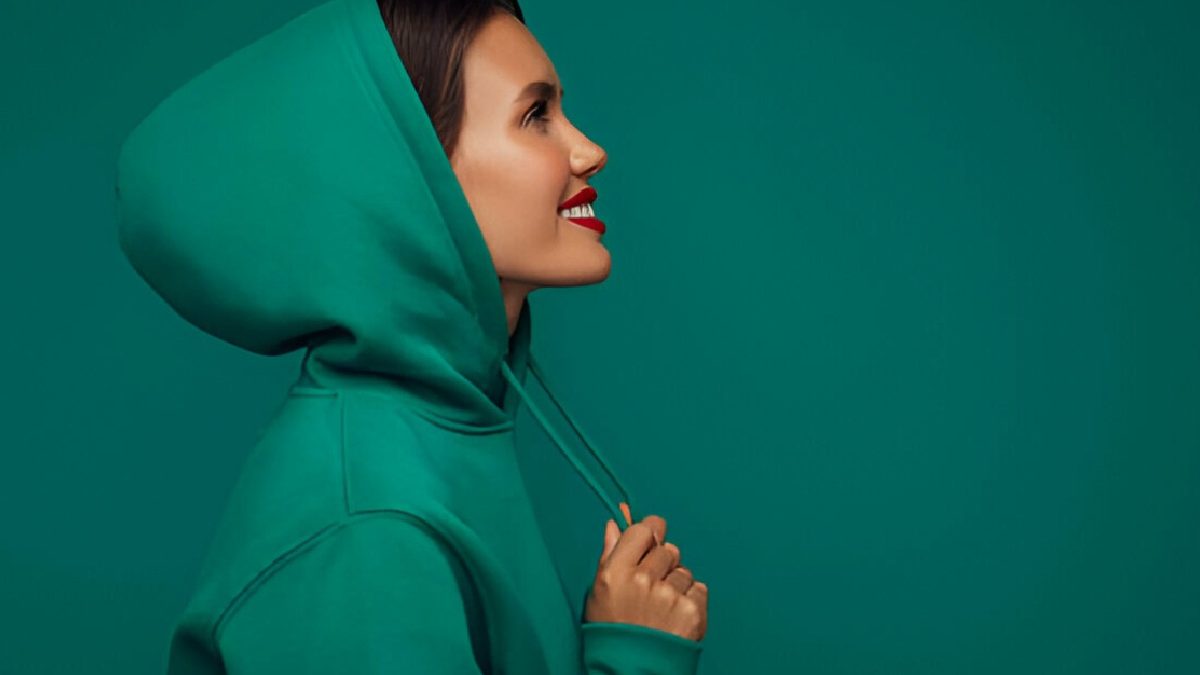Shoulder cape is the latest fashion which runs in different countries according to different styles and different techniques, i.e., whatever happens, it goes somewhere on the head, mostly it is closed from the side of its shoulder the cloth that comes by joining the shirt or it becoming a join cloth is given to the T-shirt.
Table of Contents
Types Of Capes According To Style And Length
Shoulder Cape Like coats and jackets, capes are a garment that can help keep you warm during the cold season or make you look more fashionable. In comparison, though, they’re less restrictive, offering more functionality because of their design or styles. Before discussing the types of capes available, let’s understand
The differences in cape style usually depend on an added element, symmetry, or how they drape. Of course, in terms of length, this depends on where they end. Each type of cape in this category can combine the mentioned differences.
1. Classic Or Traditional
The traditional or classic cape is a one-piece cloth with a symmetrical or wavy hem and fastener around the neck. These capes can reach the hips, thighs, knees, or ankles. It provides sufficient mobility and is perfect for almost all body sizes and shapes.
2. Capelet Or Cropped
Aptly named, this cape is shorter than the classic one, usually ending at the elbow area. It’s traditionally worn over the head, but you’ll find open-design ones with or without a fastener, such as a button, clip, or rope.
3. Cape Shawl
These capes are like shawls with a bit of difference, as they come together in front as soon as you wear them. Some have an asymmetrical design, allowing you to wrap the cape around your body for more warmth. Because of their wider necklines, you’ll also find that cape shawls drape better.
4. Hooded
Capes with hoods are perfect for those who want to protect their heads from the winter cold. Those made of waterproof or water-resistant material designed specifically for snow and rain are called rainwear capes. These capes have hoods attached to the neck area from the name itself. The length can vary, tapering from the hips to the ankles.
5. Poncho Cape
A cape and a poncho are two different garments, even if they look similar and have the same length. The difference lies in how you wear them.
You drape the poncho cape over your shoulders, so the front is open, though you can wrap it around your body. On the contrary, you wear the shawl over your head, so it doesn’t have a front opening but has a head hole. To stay true to the poncho label, this cape type comes with a fastener, usually buttons or zippers, so you can close it fully in front.
History
The cape has been around for a long time, but like straw hats and leggings, no one can tell its exact place and time of origin. People belonging to the rich and powerful societies were the only ones who wore capes to signify their status or rank until they became fashion staples.
That said, historians found an illustration of a shepherd or soldier wearing a cape on his shoulder, probably dating back to 1066. For women wearing capes, they’ve found a portrait of a woman who has a round-shaped cape attached to her dress, dating back to the 1300s.
Capes then evolved into pieces with more intricate stitching and required more complicated and detailed tailoring techniques. Tailors eventually designed different types of projections, each one symbolizing an occupation or rank. Some have added elements, such as a hood for the monks and fur for the royalties.
Especially for women. Then, in the 1950s, designers made specific changes and used several fabrics, making these capes more fashionable than functional. The cape trend started to diminish, but people started noticing it again in the 1970s, leading to the development of many types of capes you can see now.
Capes vs Cloaks

Shoulder Cape With the evolution of capes, differentiating capes and cloaks became a little challenging. In the past, cloaks were meant for protection, while capes were mainly for fashion. Also, no projections with hoods existed in the past; only covers had hoods. Hence, let’s look at the distinguishing features of cloaks and capes.
Length: Cloaks exceed the ankles, while the longest capes only reach the ankles.
Sleeves: Both pieces of clothing don’t have sleeves per se, but cloaks have slits meant for the arms, acting as sleeves.
Fastener: Cloaks and some capes have buckles on the neck to keep them in place. That said, some projections also come with mid-section fasteners.

